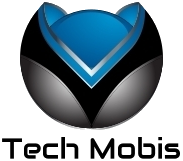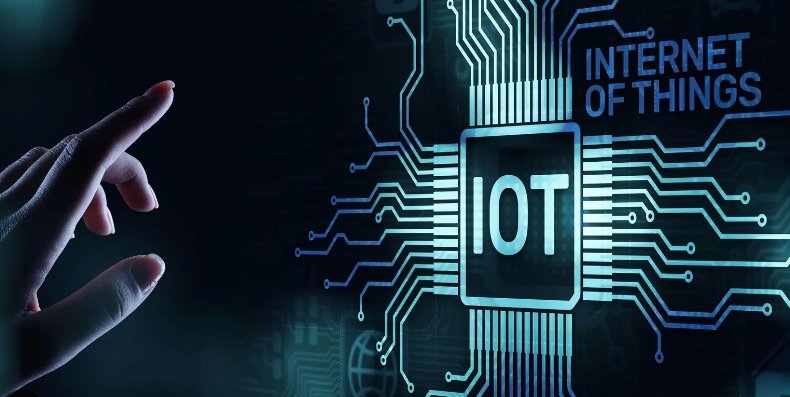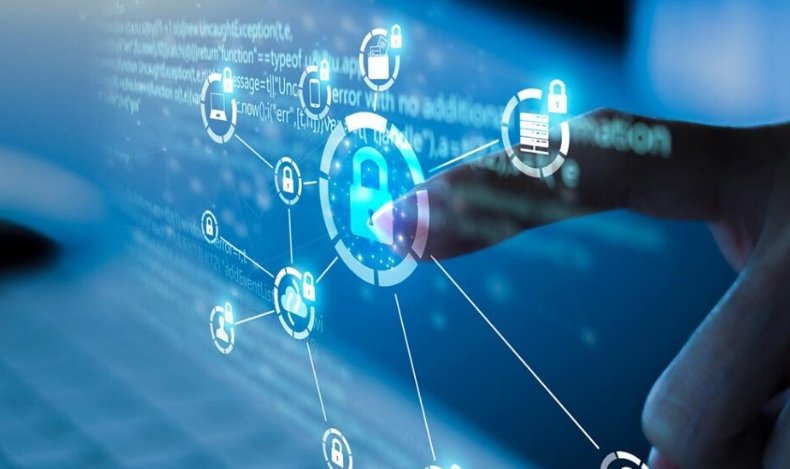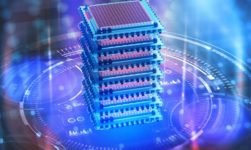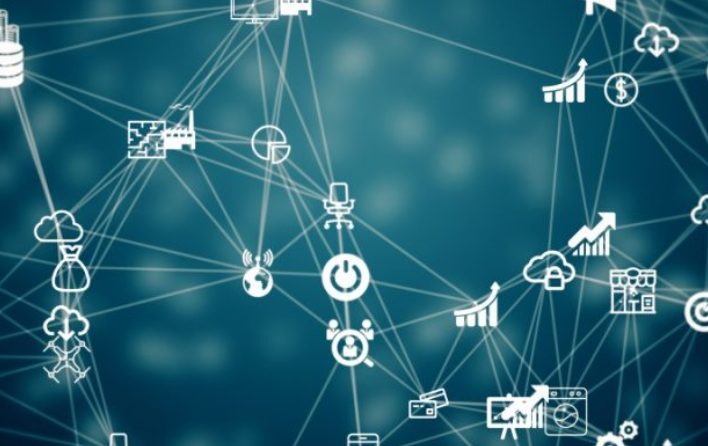
In our rapidly advancing technological landscape, the Internet of Things (IoT) has emerged as a transformative force, revolutionizing the way we interact with and perceive the world around us. This article delves into the intricacies of IoT, shedding light on its definition, applications, examples, distinctions from the conventional internet, and the various types that characterize this groundbreaking technology.
Contents
What is IoT?
The Internet of Things, commonly referred to as IoT, is a paradigm that envisions a network of interconnected devices, objects, and systems, seamlessly communicating and sharing data over the internet.
These “things” can range from everyday devices such as smartphones, wearables, and home appliances to industrial machinery, environmental sensors, and even smart cities infrastructure. The fundamental idea behind IoT is to enhance efficiency, automation, and decision-making by facilitating real-time data exchange between these interconnected entities.
How Does IoT Work?
At its core, the functionality of IoT relies on the integration of sensors, actuators, and communication technologies into physical devices. These devices collect data from their surroundings through sensors, process and analyze this data, and then act on it through the use of actuators. The data generated is transmitted over the internet to a centralized system, where it can be further analyzed, and actionable insights can be derived. This interconnected web of devices creates a dynamic ecosystem that enhances automation, efficiency, and convenience in various domains.
What is IoT Mainly Used For?
IoT finds applications across diverse sectors, transforming the way we live and work. Some primary use cases include:
Smart Homes: IoT-enabled devices like smart thermostats, lights, and security systems allow homeowners to control and monitor their living spaces remotely.
Healthcare: Wearable devices and health monitoring systems collect real-time health data, enabling healthcare professionals to offer personalized and timely interventions.
Industrial IoT (IIoT): Manufacturing facilities leverage IoT to enhance operational efficiency, monitor equipment health, and optimize production processes.
Smart Cities: IoT technologies are used in urban planning to improve infrastructure, traffic management, waste management, and overall city services.
Agriculture: IoT sensors in agriculture enable farmers to monitor soil conditions, crop health, and automate irrigation, leading to better crop yields.
What is IoT with an Example?
Consider the example of a smart refrigerator. Equipped with sensors, this IoT-enabled appliance can monitor its contents, detect when items are running low, and even suggest recipes based on the available ingredients. Through internet connectivity, it can send alerts to the user’s smartphone, allowing them to remotely view the refrigerator’s contents or adjust its settings. This example illustrates how IoT seamlessly integrates technology into everyday objects, enhancing user convenience and efficiency.
How is IoT Different from the Internet?
While IoT and the traditional internet share the underlying concept of interconnected devices, they differ in scope and functionality. The internet primarily involves human-to-human communication and data exchange through computers, tablets, and smartphones. In contrast, IoT extends this connectivity to include machine-to-machine (M2M) communication, where devices autonomously share data and interact without direct human involvement. IoT focuses on enhancing automation, efficiency, and decision-making by enabling devices to communicate and collaborate in real-time.
What are the 4 Types of IoT?
IoT can be categorized into four main types based on their scope and application:
Consumer IoT (CIoT): Involves devices designed for individual consumers, such as smart home devices, wearables, and connected appliances.
Commercial IoT (CIoT): Encompasses applications in business and industrial settings, including manufacturing, logistics, and facility management.
Industrial IoT (IIoT): Specifically tailored for industrial applications, IIoT aims to optimize manufacturing processes, monitor equipment health, and enhance overall operational efficiency.
Infrastructure IoT (IoT-Infra): Focuses on public infrastructure, including smart cities, where interconnected systems and devices contribute to urban planning, transportation management, and environmental monitoring.
Conclusion
As we continue to witness the proliferation of IoT across various domains, it becomes increasingly evident that this technology is reshaping the way we interact with the world. From smart homes to industrial automation and beyond, IoT holds the promise of a more connected, efficient, and intelligent future. Understanding its mechanics, applications, and types is essential for navigating the evolving landscape of the Internet of Things.
